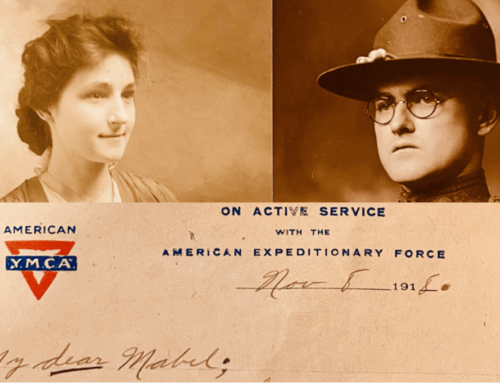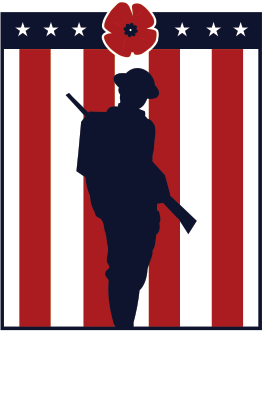‘A Love Letter to Chaplains’: Exhibit honors contributions of military chaplains in World War I
Published: 7 April 2025
By Jack Figge
via the Detroit Catholic newspaper website

WWI Museum
The entrance to the National WWI Museum and Memorial in Kansas City, Mo., is pictured in a Nov. 9, 2018, photo. (OSV News photo/Dave Kaup, Reuters)
(OSV News) — Bombs, death, trench warfare — all of the experiences as an Italian military chaplain would forever shape Father Angelo Roncalli’s future life and ministry as a priest, bishop and eventually as Pope John XXIII.
That’s just one of the many facts that visitors to the National World War I museum in Kansas City, Missouri can learn at the Sacred Service exhibit.
Opened in May 2024, the Sacred Service exhibit commemorates and educates visitors on the critical service that chaplains played during the First World War.
The exhibit engages visitors through displaying a variety of artifacts, multimedia presentations and detailed descriptions highlighting different priests and the history of the chaplain corps in World War I.
While designing the exhibit, Patricia Cecil, the museum’s specialist curator for faith and religion in World War I, wanted to tell the story of chaplains’ impact on soldiers and the long lasting implications that these developments had on the future of military chaplains.
“The National World War I museum really wants to look at the lesser-known experiences of World War I, the voices that really have not been heard before,” Cecil told OSV News.
“Sacred Service is an effort to tell those stories through the lens and experiences of military chaplains, through the experiences of these religious leaders who often were just as unprepared for the war as of the men whom they were ministering to,” she added.
As she began brainstorming ideas for the exhibit, Cecil knew that she wanted to convey the transformational impact World War I had on the American chaplaincy program.
“When America’s military was professionalizing, growing and scaling to respond to the war, the chaplaincy program realized that they had to do the same,” Cecil said. “Prior to World War I, the chaplaincy was only open to Catholic and Protestant chaplains. With World War I, America was more diverse and so the chaplain program began expanding and welcoming more faiths.”
Chaplains quickly realized that they provided an invaluable resource to soldiers, serving as spiritual mentors, advisers and as friends.
“You can only imagine the spiritual weight a soldier would feel if he was about to die or he might have to kill someone,” Cecil said. “The sacraments became incredibly meaningful for service members so these chaplains provided a great service in celebrating the mass or hearing confessions or just being a person that would listen.”
→ Read the entire article on the Detroit Catholic website here:
External Web Site Notice: This page contains information directly presented from an external source. The terms and conditions of this page may not be the same as those of this website. Click here to read the full disclaimer notice for external web sites. Thank you.



